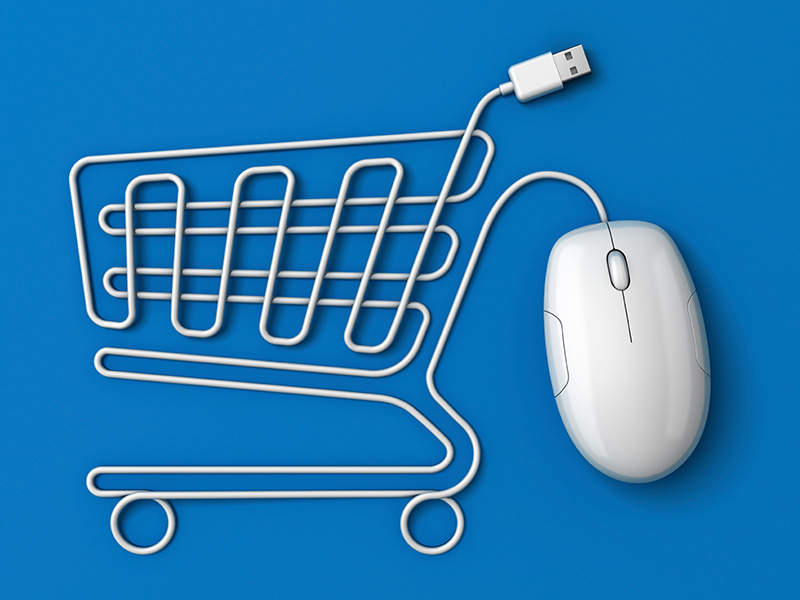- Posted On: 28 Jun 2017
- Posted By: Crescentek
30 Jun 2017
The challenges of creating an online store are really specific to what the business owners want to add to their websites. While some websites can be minimalistic and basic, others can be very competitive with multifunctional applications and complex CMS. The integral feature of e-commerce websites is to have a seamless user experience, and site functionality. Crescentek explains the 5 core elements for creating the most impressive e-stores, for competitive, dynamic retail businesses.

The interface of your website is about how the entire site works, including the layout, image placement, sliders and banners, as well how the navigation and payment gateway works. A core element for e-commerce website design is a blend of simplicity at the same time, enthralling interface that will impact sales. The more simple and functional it is to get through browsing, choosing and buying things, the more sales it will generate.
It is dependent on the platform and programming language you choose. You can choose from Magento, WordPress, Joomla or Shopify, based on the blueprint of your interface design. And the programming language is to code your website to put up that interface. You can choose from PHP, HTML and Javascript or Python.

Have the best assured shopping cart for trustworthy and seamless online payment gateway. Also ,it is a good idea to publish the best offers, and promotions with each product so that shoppers feel special. It also adds to the credibility of the website.
For online shops, the most valuable resource to showcase a product to customers is to use high quality real images, and detailed product descriptions to bring it as close to the customers as possible. People can’t see, or touch the item to decide, so this is important. Avoid treated images, at least to some extent, so that the customer does not feel cheated if they receive a product that looks faded as compared to the website image.
Mobile apps are good, but when creating a responsive website, evaluate how the website looks and functions on tiny back dated devices and slow networks. Usually, business owners choose flamboyant layouts, with slides and videos in the landing pages. But a cross platform interface reaches the most number of people.
E-Commerce websites can get vast, and it is wise to consider that multifunctional CMSs can have a technical error, a user may have difficulty understanding something, or something can just go against the plan. Consider a 24/7 customer support system as a plan B, for a successful e-commerce business.